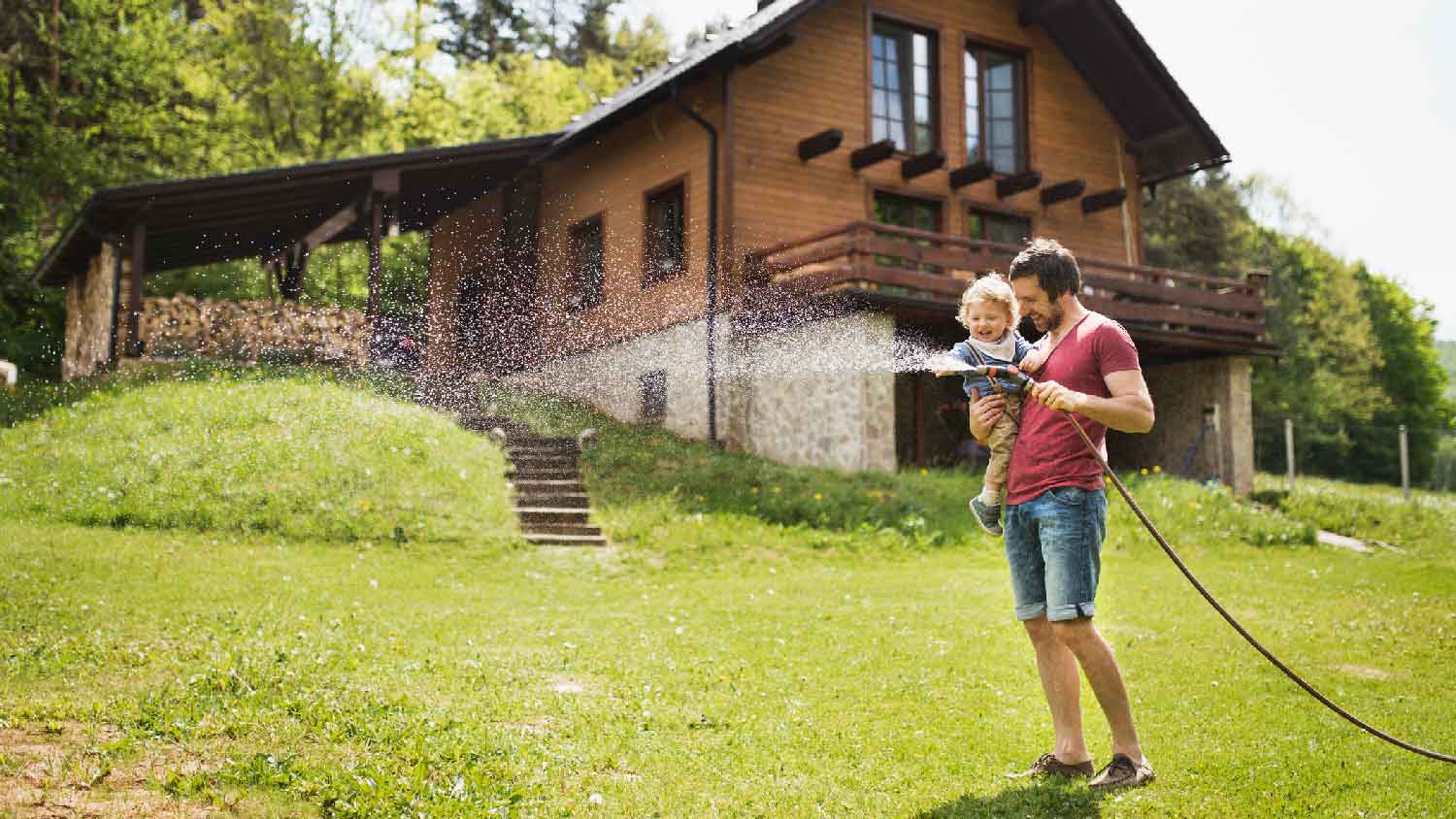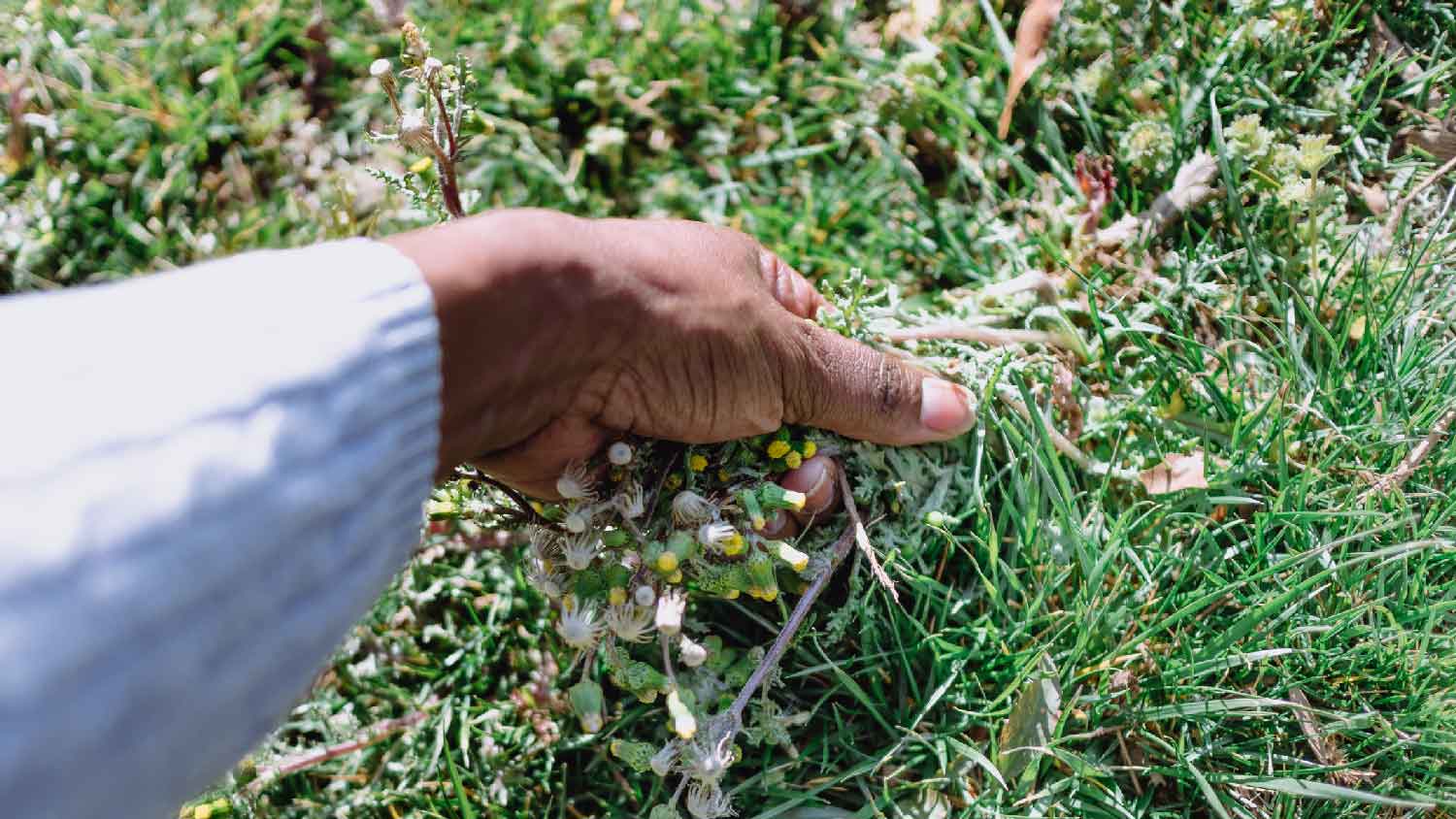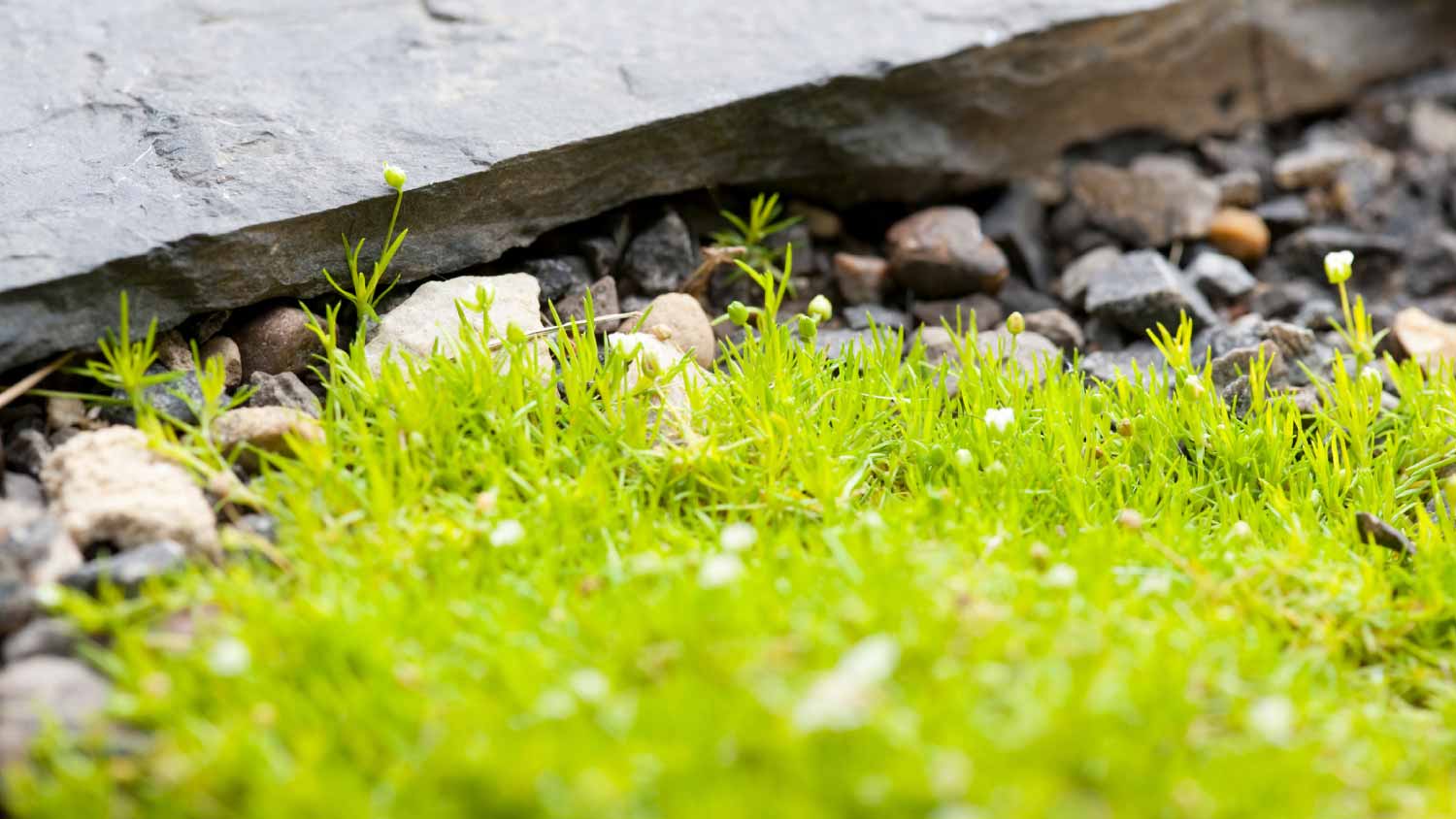
Removing an old lawn is often necessary to plant new grass or build a new outdoor structure. Find out what to budget for your lawn removal cost.
Follow these steps to ensure your lawn breathes easy after aeration


Aeration is one of the best ways to give your lawn the TLC it needs to thrive. However, knowing what to do after aerating your lawn is equally important to ensure your lawn stays lush and vibrant. Don’t forget to talk with your lawn aeration pro about specific instructions for maintaining your yard post-aeration. Here’s what to do after aerating a lawn.
When working with lawn fertilizer and other chemicals, take measures to prevent the products from contacting your skin and eyes. Be sure to wear protective gear like gloves and a dust mask to stay safe.
After a lawn aeration service, there will be “plugs” of soil scattered throughout your lawn. While it may seem counterintuitive, picking them up is unnecessary. It’s best to leave them alone so they can naturally decompose. As they break down, they will release essential nutrients into the soil, which will help your lawn grow thick and healthy. Talk with your local aeration professional after the service is complete for recommendations on post-aerations steps.
Freshly aerated soil is perfect for a lawn seeding project or overseeding brown or sparse areas. Follow these steps to get new grass growing.
Spread the grass seeds evenly using a broadcast spreader or a rake.
Lay a thin layer of hay (not straw) over the new seeds to protect them from high winds and hungry birds, keeping the soil moist.
Water the seeds thoroughly but avoid flooding them.
Water seeds at least twice per day to keep the soil moist throughout germination and new grass growth.

Even if you’re not planting new grass seeds, it’s still good practice to thoroughly water your lawn after aeration. Loose soil doesn’t retain water easily, so it’s important to water your lawn right after an aeration service.
Set a sprinkler or use a garden hose to fully saturate grass with around three to four inches of water.
Water as needed to keep the soil moist.
If you’re wondering when to fertilize your lawn, right after aeration is the ideal time. The cavities made during aeration make perfect channels to absorb nutrients from the fertilizer.
After a few days of regular watering, apply fertilizer around the lawn’s perimeter using a broadcast or drop spreader.
Work through the middle by walking back and forth with the spreader in straight lines until you’ve covered the full area.
Fertilize twice per year: Once in late winter to early spring, just as grass leaves are coming out of dormancy, and once in late summer to early to mid-fall, well before the first frost.
If you’re wondering what to do after aerating a lawn, the most crucial thing is to protect it. Keep pets and people off a freshly aerated lawn for at least two weeks. This protective measure allows the soil to settle and prevents compaction, ensuring the aeration holes remain open to maximize the benefits.
Remind members of your household to avoid walking on the grass.
Designate a separate area for doggy business.
If necessary, put up a temporary fence to protect the grass until the soil settles.
Another common question regarding what to do after aerating a lawn is when to mow it.
Wait at least two weeks after aeration before mowing an existing lawn.
For newly-seeded lawns, wait at least eight weeks to mow for the first time.

Manual removal—yanking them up by the root—is one of the most common and effective DIY weed control methods. However, this tactic isn’t always possible, and you can get in over your head with weeds before you know it. Here’s how to keep them at bay.
Don protective gardening gloves and pull weeds up by the root.
Check for weeds at least once per week or as often as possible.
If needed, use a lawn-safe DIY weed killer or commercial weed treatment.
A healthy lawn is a constant work in progress, and it’s best to address potential issues early before they become a serious problem. Here’s what to look for when making your rounds.
Check for hardened, compacted soil, following up with additional aeration as needed.
Water dried-out grass as needed to keep soil moist.
Check for signs of common lawn pests, such as chinch bugs, cutworms, or slugs.
A great way to grow the greenest grass and keep your lawn thriving is to maintain a regular lawn aeration schedule. Timing depends mainly on the level of foot traffic and whether your lawn has warm season or cool season grass.
For lawns that don’t experience heavy foot traffic, aerate every two to four years or as necessary.
For lawns with heavy foot traffic, aerate every one to two years or as necessary.
Avoid aerating during droughts and before heavy rainfall or flooding.
Aerate warm-season grasses in late spring to early summer, before the intense heat hits.
Aerate cool-season grasses in early fall or spring.
Consider enlisting a local lawn aeration service to keep up with aeration and help you maintain a healthy, thriving lawn.
From average costs to expert advice, get all the answers you need to get your job done.

Removing an old lawn is often necessary to plant new grass or build a new outdoor structure. Find out what to budget for your lawn removal cost.

The cost to renovate your lawn depends on the extent of the damage. Our guide will show you how much lawn renovation costs.

How much it costs to rent a lawn aerator depends on what kind you rent and how long you rent it for. Read on for the full details.

Why is moss growing in your lawn? Learn what makes moss grow and how you can get rid of it and make your lawn the envy of your neighbors.

Bermuda grass and Kentucky bluegrass thrive under different conditions. Find out more about Bermuda grass vs. Kentucky bluegrass.

Discover the differences and similarities between these bahia and bermuda grass, which are two warm-climate grasses that excel under high-traffic conditions.